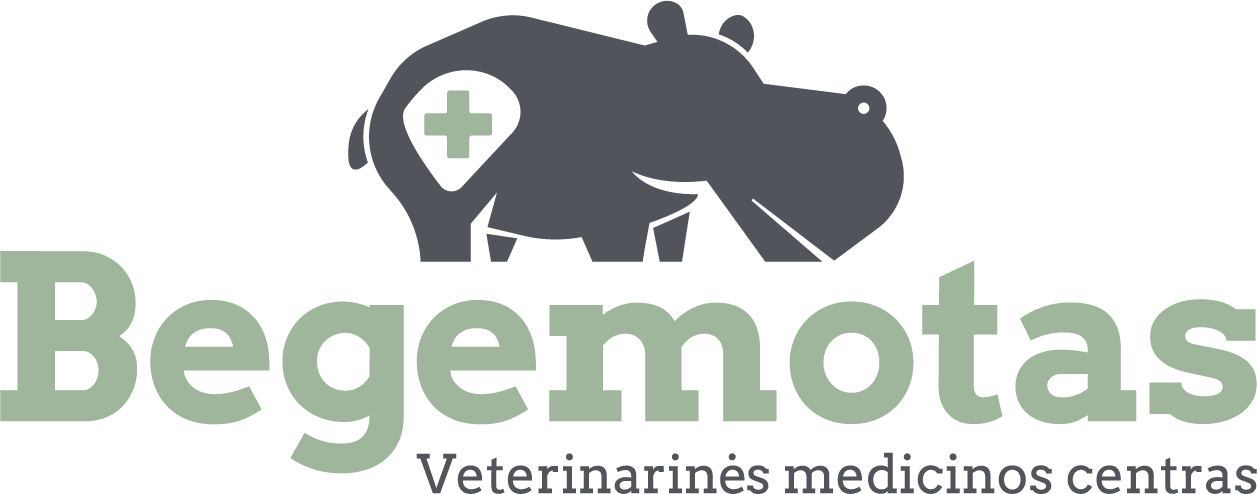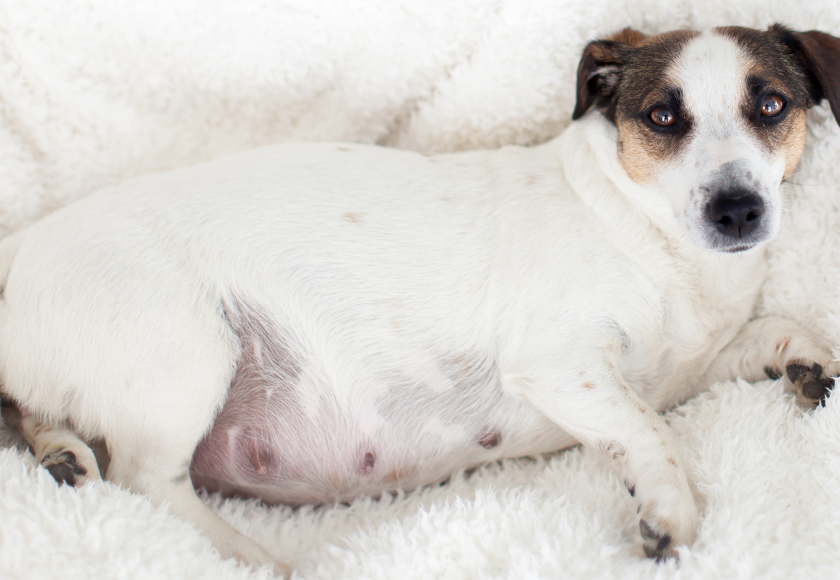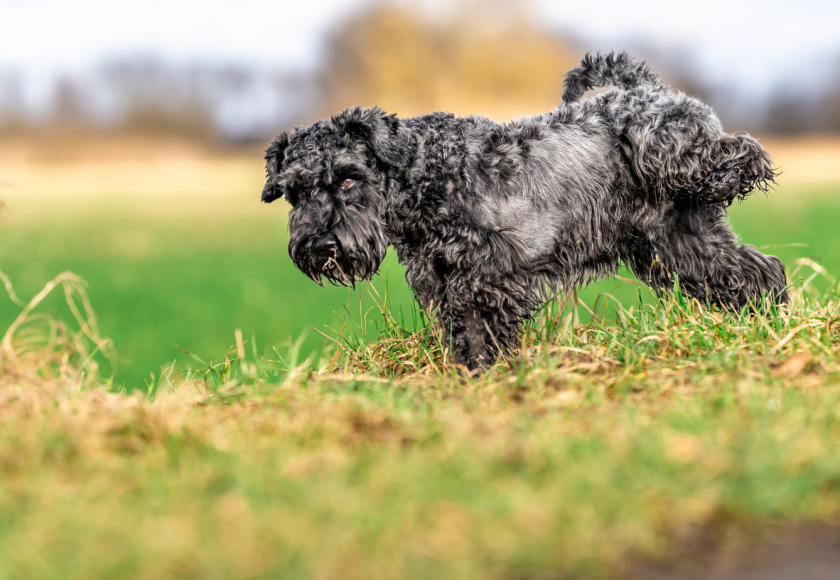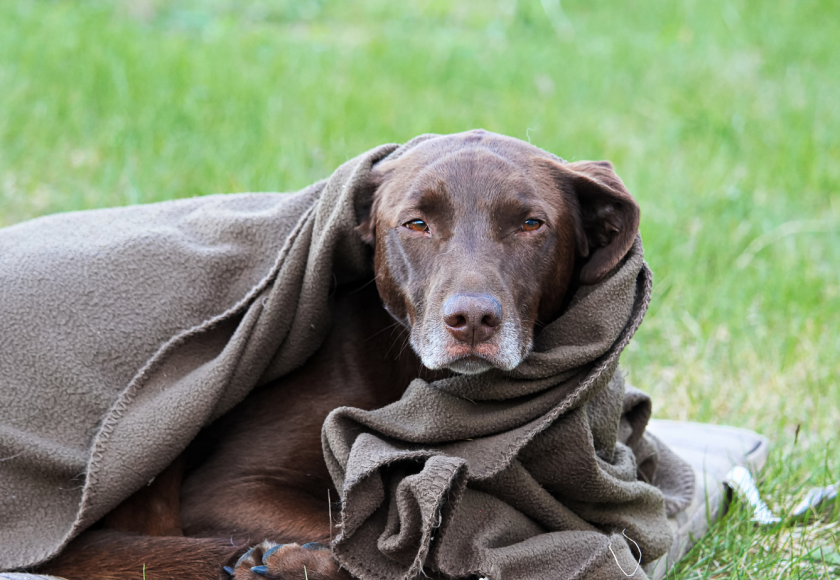Why is my cat breathing heavily? Heavy breathing in cats is always at the top of the list of serious illnesses in cats. There are two reasons for this:
- Firstly, most causes of heavy breathing in cats are quite serious.
- Secondly, cats are so good at hiding that they are sick or injured that their heavy breathing only becomes noticeable when the animal is already feeling very unwell, in severe pain, or even in agony.
Table of contents
Causes of heavy breathing in cats
There are many reasons why cats breathe heavily, most of which pose a serious threat to their well-being.
- Cat asthma and chronic bronchitis. Cats suffering from asthma and related conditions, such as chronic bronchitis, often experience difficulty breathing, wheezing, and coughing.
- Cat cancer. Many types of cancer can affect a cat’s respiratory system.
- Heartworms. Cats can contract heartworm disease after being bitten by mosquitoes infected with Dirofilaria immitis larvae parasites. And yes, there have already been cases of animals living in Lithuania becoming infected with Dirofilaria immitis.
- Infectious diseases in cats. Viruses, bacteria, fungi, and other microorganisms can cause upper respiratory tract infections, tracheobronchitis, and pneumonia.
- Heart disease in cats – Heart problems can negatively affect blood circulation, cause fluid to accumulate in or around the lungs, and enlarge the heart, making it difficult for cats to breathe.
- Fluid or gas in the chest cavity. When blood, pus, lymph, and other fluids or gases accumulate in the chest cavity, the lungs lack space to expand and cats have difficulty breathing.
- Trauma suffered by cats. These are clearly visible injuries to the chest area.
- Cat poisoning or intoxication. Poisons that affect blood clotting can cause bleeding and difficulty breathing. Acetaminophen (Tylenol) should never be given to cats because it damages their red blood cells’ ability to carry oxygen. Other reactions to toxins and medications can also make it difficult for cats to breathe.
- Foreign objects in cats’ airways. Cats can inhale objects that get stuck in their airways and prevent them from breathing normally.
Heavy breathing in cats is a universal term for identifying problems, but there are several different types of heavy breathing in cats, depending on different diseases.
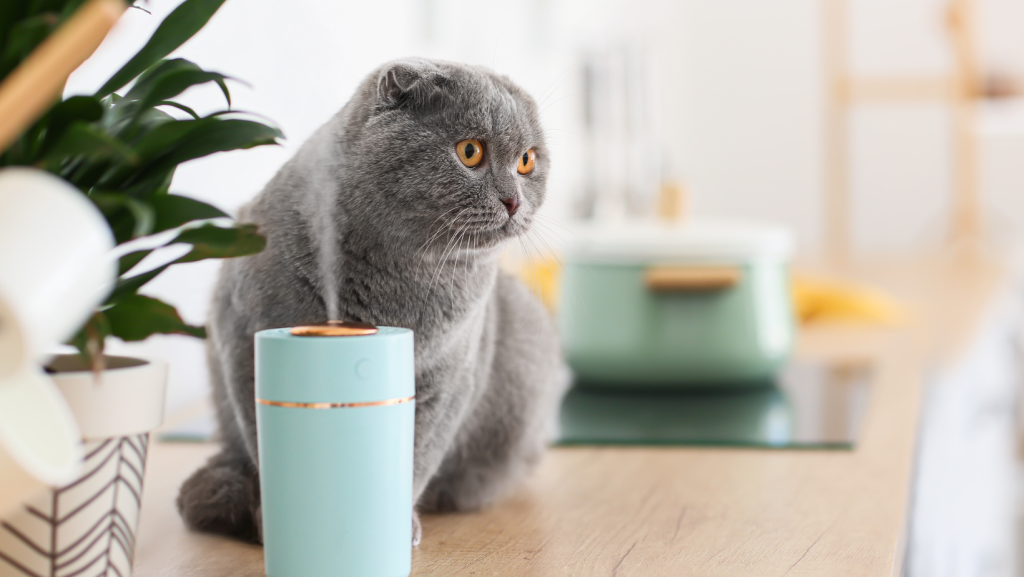
Types of heavy breathing in cats
Breathing problems in cats can manifest themselves in various ways, ranging from rapid breathing to wheezing or open-mouth breathing. Below, we review the most common types of breathing problems in cats, what they may mean, and when it is necessary to consult a veterinarian.
The cat is panting
Unlike dogs, cats do not pant to cool down, so panting is almost always abnormal and can indicate a serious health problem.
Short-term panting may occur after active play, stress, or exposure to a hot environment, but it should not last long or recur. The most common causes are:
- heat stroke (overheating),
- physical exhaustion,
- stress or fright,
- respiratory tract infections,
- heart disease, including parasitic,
- anemia (lack of oxygen in the blood).
If a cat or tomcat is panting for a long time, its breathing becomes shallow, it becomes lethargic, has coordination problems or vomits, this is a sign that urgent veterinary assistance is needed. Other dangerous signs include discoloration of the gums (pale, blue, yellow), falling down or shortness of breath.
Panting is one of the first signs that your cat may be lacking oxygen. If you notice this behavior, do not delay visiting the veterinarian.
Cat’s wheezing
Wheezing is a high-pitched whistling sound, most often heard when a cat exhales. It can be a sign of partial airway obstruction caused by narrowing or inflammation of the airways.
Wheezing is often associated with feline asthma, bronchitis, or other lower respiratory diseases. These sounds may sometimes be accompanied by coughing, labored breathing, or shortness of breath.
If wheezing recurs or becomes intense, it is necessary to consult a veterinarian—it may be a sign of a chronic disease.
Rapid breathing in cats
Cats will breathe rapidly when they are not getting enough oxygen or cannot exhale enough carbon dioxide. Physical activity can cause a cat to breathe rapidly, but it should return to normal quickly after resting.
A cat may breathe rapidly due to lung disease, upper respiratory tract disease, heart disease, metabolic disorders (such as uncontrolled diabetes), high temperature, stress, or pain.
The cat is breathing heavily
Cats with breathing problems may also try to compensate for their breathing by taking deep breaths.
Cats breathing with their mouths open
Cats are animals that breathe only through their noses. Breathing with their mouths open may be a sign that they are unable to inhale or exhale air through their noses, or that they are having difficulty breathing.
Cat breathing as if with a stuffy nose
A blocked nose is a common symptom of upper respiratory tract infections in cats, but you will usually also see discharge from the nose. If your cat is breathing “roughly” but its nose looks normal, the congestion may be in the lungs, which could be a symptom of pneumonia, heart disease, or other serious health problems.
The cat is breathing loudly
Noisy breathing usually occurs when air passes through an unusually narrow area of the airways. This can happen due to narrowing or partial blockage of the nasal passages, pharynx (back of the nose and mouth), trachea, or airways.
Frequent breathing in cats during rest
Remember that the only time heavy breathing is normal for cats is after strenuous exercise. Heavy breathing at rest, except for occasional deep sighs, is dangerous for health conditions such as heart failure or severe lung disease. If your cat is breathing heavily and has difficulty breathing, it is important to take them to the vet immediately.
Cat’s shallow breathing
A healthy cat’s breathing may appear shallow, especially when resting. However, shallow breathing is not normal if it is accompanied by other symptoms: open mouth, rapid and frequent breathing, very deep breaths.
Cat breathing with its belly
When breathing normally, a cat’s belly will move slightly, but it should not use its abdominal muscles to breathe. This is a sign of breathing difficulties in cats.
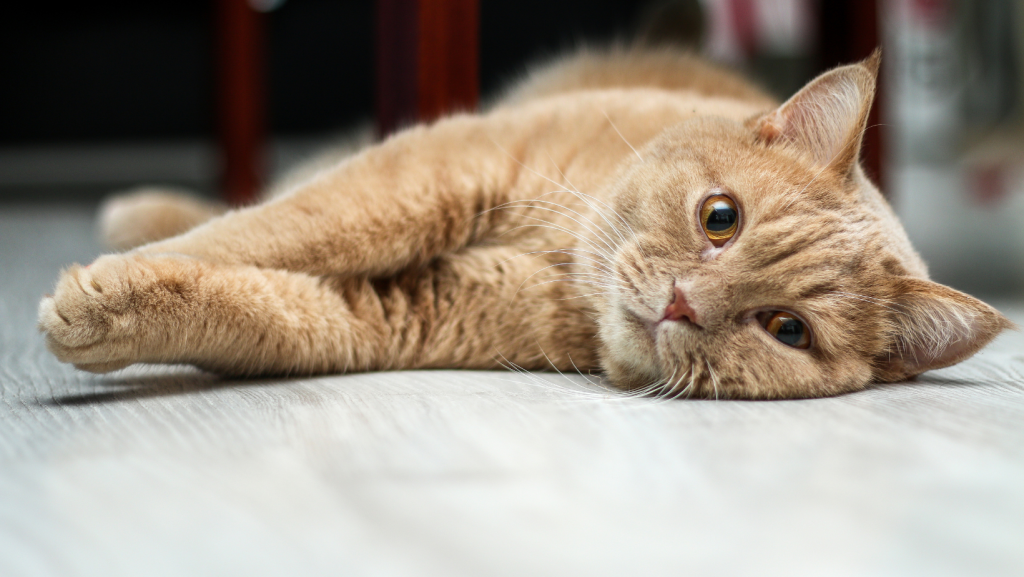
What to do if your cat is having difficulty breathing?
Never ignore heavy breathing in cats. Unless your cat has just run several laps around the house or experienced some kind of stress, and if its breathing quickly returns to a normal rhythm. If you notice that your cat is breathing heavily without physical exertion or stress, consult your veterinarian.
If your cat’s symptoms do not improve after she has calmed down, or if they worsen, contact your veterinarian immediately.
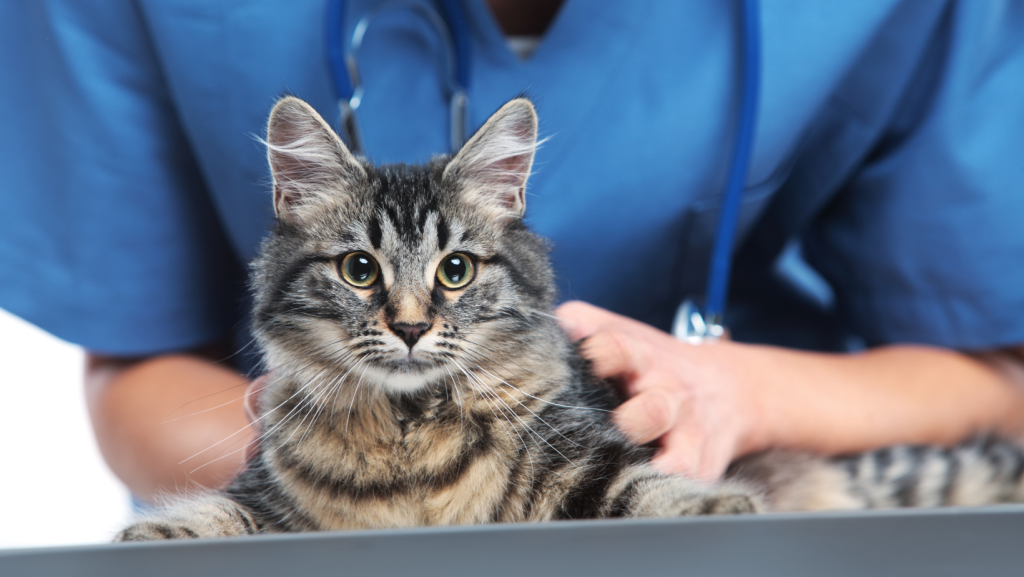
How do veterinarians diagnose breathing problems in cats?
A veterinarian can stabilize your cat with oxygen therapy or other treatments, but once this has been done, it is necessary to look for the underlying problem.
Once it is safe to do so, the veterinarian will perform a complete physical examination and ask questions about your cat’s health, lifestyle, and the symptoms you have observed at home.
In order to determine the exact cause of the breathing difficulties and prescribe the most appropriate treatment, the veterinarian will often order the following tests:
- Blood morphology and biochemical tests
- Urine tests
- Chest X-ray
- Heart and chest ultrasound (echocardiogram)
- Collection and analysis of fluid or tissue samples (if there is fluid in the chest cavity or heart membranes)
- Blood pressure measurement
- Other special laboratory tests based on the specifics of the case (e.g., serology to detect infectious diseases)
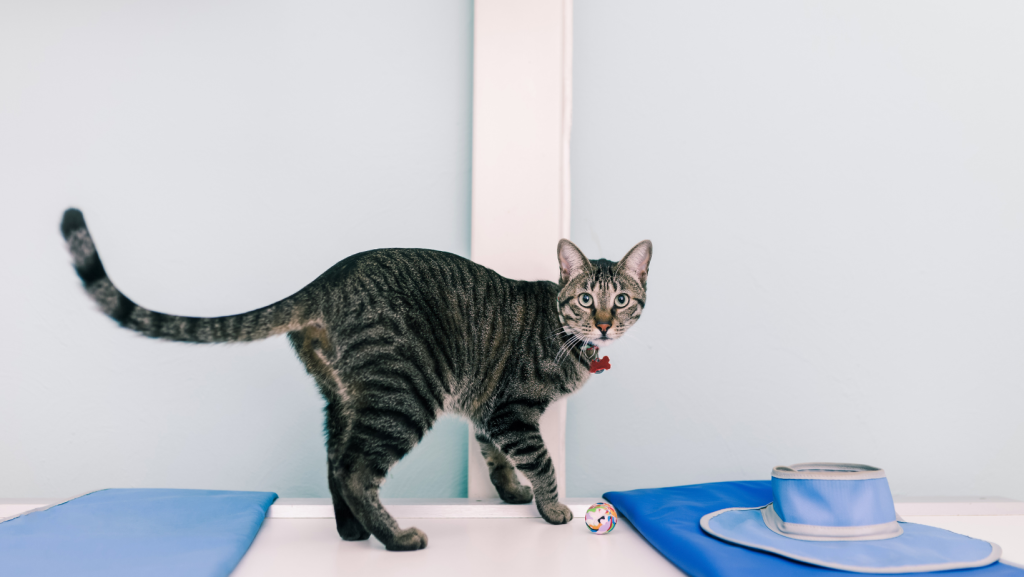
Where to go if your cat has breathing problems?
Veterinarians at Begemoto Veterinary Clinic remind us that the earlier the cause of a cat’s breathing difficulties is diagnosed and treated, the greater the chance of a quick recovery. The veterinary clinic offers a wide range of diagnostic services, which allow the cause of the animal’s health problems to be determined as quickly and accurately as possible.
The Begemotas Veterinary Clinic is a place where not only the health of each four-legged patient is cared for, but also the emotional state of the patient and its owner. Do not hesitate to contact us for a consultation if your beloved pet is suffering from any of the above-mentioned conditions.


